Analysis of the ‘All of Us’ genomic data set begins to tackle inequities in genetics research.


I’ve done some videos lately on the 8,008 CPU, widely regarded as the world’s first 8-bit programmable microprocessor. Previously I built a nice little single board computer. In this video I connect eight of these 8,008 microprocessors together, designate one as a controller, design a shared memory abstraction between then, and use them to solve a simple parallel computing program — Conway’s Game of Life. Using my simple straightforward assembly implementation of Conway’s, I was about to show that the seven CPUs (one controller, 6 workers) worked together to solve the problem significantly faster than the single processor alone. The 8,008 debuted commercially in the early 1970s. It’s a physically small chip, only 18 pins, and requires a triplexed address and data bus. The clock rate is 500 KHz and the instruction set is fairly limited. Nevertheless, you can do a lot with this little CPU. For more vintage computer projects, see https://www.smbaker.com/.
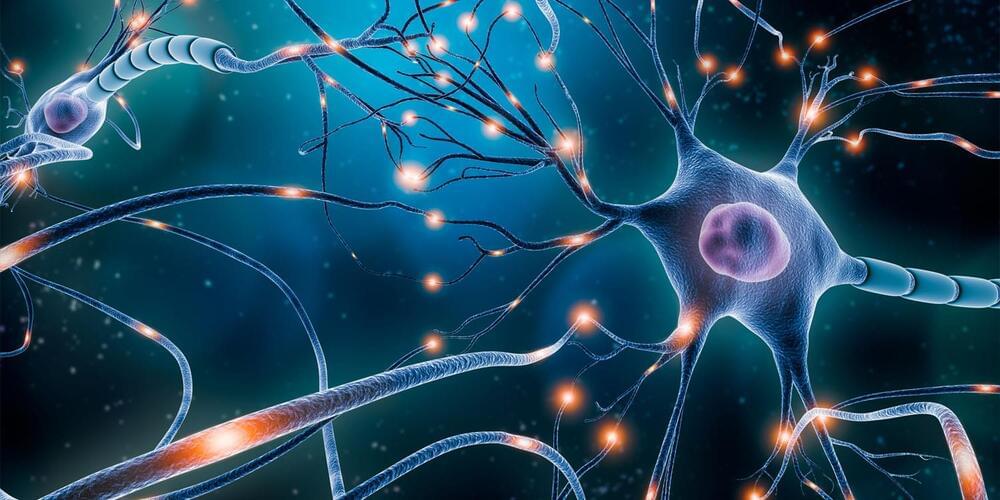
A new study by researchers at UC San Francisco provides new insight into how the brain processes musical melodies. Through precise mapping of the cerebral cortex, the study uncovered that our brains process music by not only discerning pitch and the direction of pitch changes but also by predicting the sequence of upcoming notes, each task managed by distinct sets of neurons. The findings have been published in Science Advances.
Previous research had established that our brains possess specialized mechanisms for processing speech sounds, particularly in recognizing pitch changes that convey meaning and emotion. The researchers hypothesized that a similar, perhaps specialized, set of neurons might exist for music, dedicated to predicting the sequence of notes in a melody, akin to how certain neurons predict speech sounds.
“Music is both uniquely human and universally human. Studying the neuroscience of music can therefore reveal something fundamental about what it means to be human,” said lead author Narayan Sankaran, a postdoctoral fellow in the Kavli Center for Ethics, Science, and the Public at UC Berkeley, who conducted the study while a researcher in the lab of UCSF’s Edward Chang.
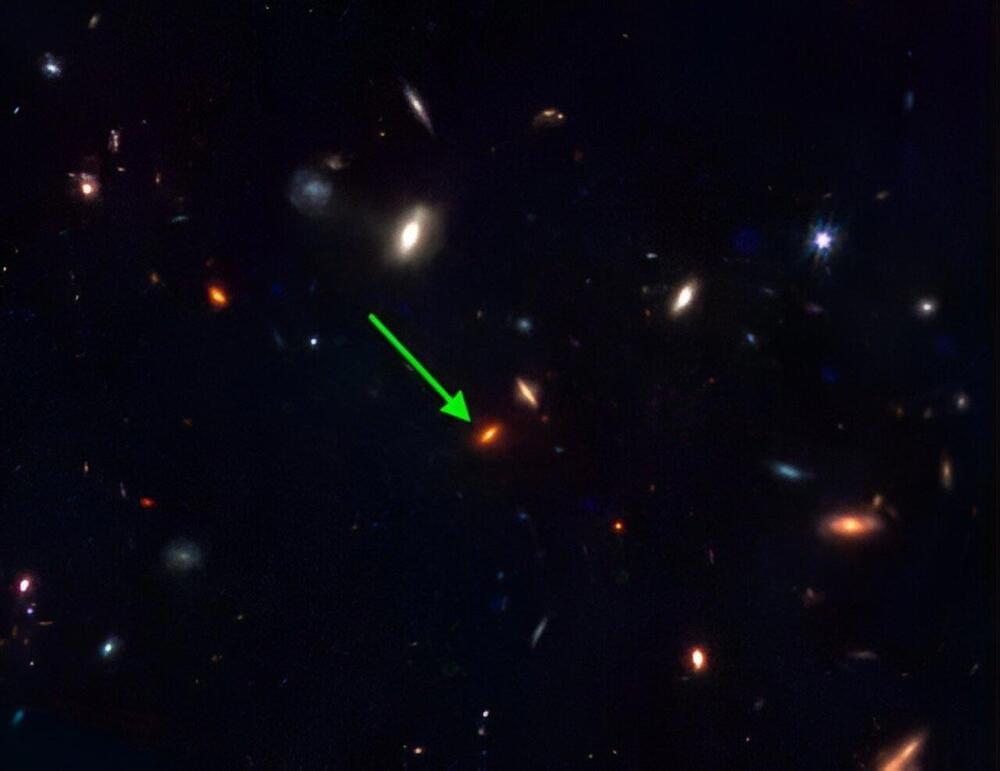
Our understanding of how galaxies form and the nature of dark matter could be completely upended, after new observations of a stellar population bigger than the Milky Way from more than 11 billion years ago that should not exist.
A paper published in Nature details findings using new data from the James Webb Space Telescope (JWST). The results find that a massive galaxy in the early universe – observed 11.5 billion years ago (a cosmic redshift of 3.2) – has an extremely old population of stars formed much earlier – 1.5 billion years earlier in time (a redshift of around 11). The observation upends current modeling, as not enough dark matter has built up in sufficient concentrations to seed their formation.
Swinburne University of Technology’s Distinguished Professor Karl Glazebrook led the study and the international team that used the JWST for spectroscopic observations of this massive quiescent galaxy.

The quantum ground state of an acoustic wave of a certain frequency can be reached by completely cooling the system. In this way, the number of quantum particles, the so-called acoustic phonons, which cause disturbance to quantum measurements, can be reduced to almost zero and the gap between classical and quantum mechanics bridged.
Over the past decade, major technological advances have been made, making it possible to put a wide variety of systems into this state. Mechanical vibrations oscillating between two mirrors in a resonator can be cooled to very low temperatures as far as the quantum ground state. This has not yet been possible for optical fibers in which high-frequency sound waves can propagate. Now researchers from the Stiller Research Group have taken a step closer to this goal.

The recent approval of a CRISPR-Cas9 therapy for sickle cell disease demonstrates that gene editing tools can do a superb job of knocking out genes to cure hereditary disease. But it’s still not possible to insert whole genes into the human genome to substitute for defective or deleterious genes.
A new technique that employs a retrotransposon from birds to insert genes into the genome holds more promise for gene therapy, since it inserts genes into a “safe harbor” in the human genome where the insertion won’t disrupt essential genes or lead to cancer.
Retrotransposons, or retroelements, are pieces of DNA that, when transcribed to RNA, code for enzymes that copy RNA back into DNA in the genome—a self-serving cycle that clutters the genome with retrotransposon DNA. About 40% of the human genome is made up of this “selfish” new DNA, though most of the genes are disabled, so-called junk DNA.

Listening to electronic music makes neurons in our brain fire in time with the beat, which appears to alter our reaction time and sense of unity.
By Conor Feehly
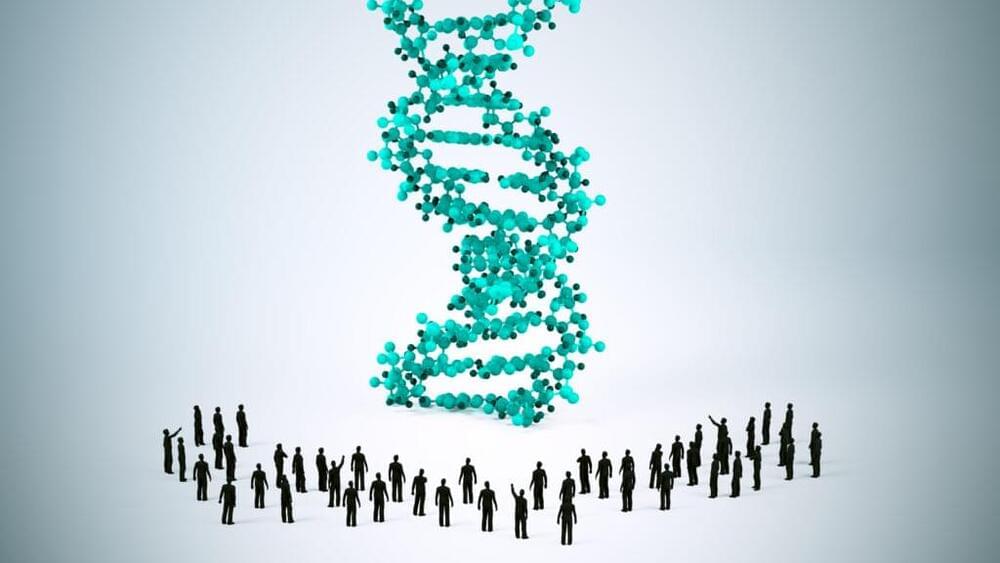
Although people of European descent account for less than one-quarter of the world’s population, their DNA disproportionately drives genetics research. Between 2005 and 2018, the majority of genome-wide association studies were conducted with data from people living in just three countries — the United Kingdom, the United States, and Iceland.
“The paradox of precision medicine is that you have to have a ton of different kinds of people to figure out one person really well,” said Josh Denny, CEO of the All of Us research program. “There’s still so much we don’t understand about the human genome, especially about rare variation. Huge projects like ours are really helping to accelerate that understanding.”
All of Us has recruited more than 750,000 volunteers to provide survey responses about their health, medical records, and if they’re willing, biological samples for molecular and genetic testing. Genetic data from some participants have been available for researchers since 2020, but the new release this week includes the whole genome sequences of nearly 250,000 participants — half of whom are of non-European ancestry.
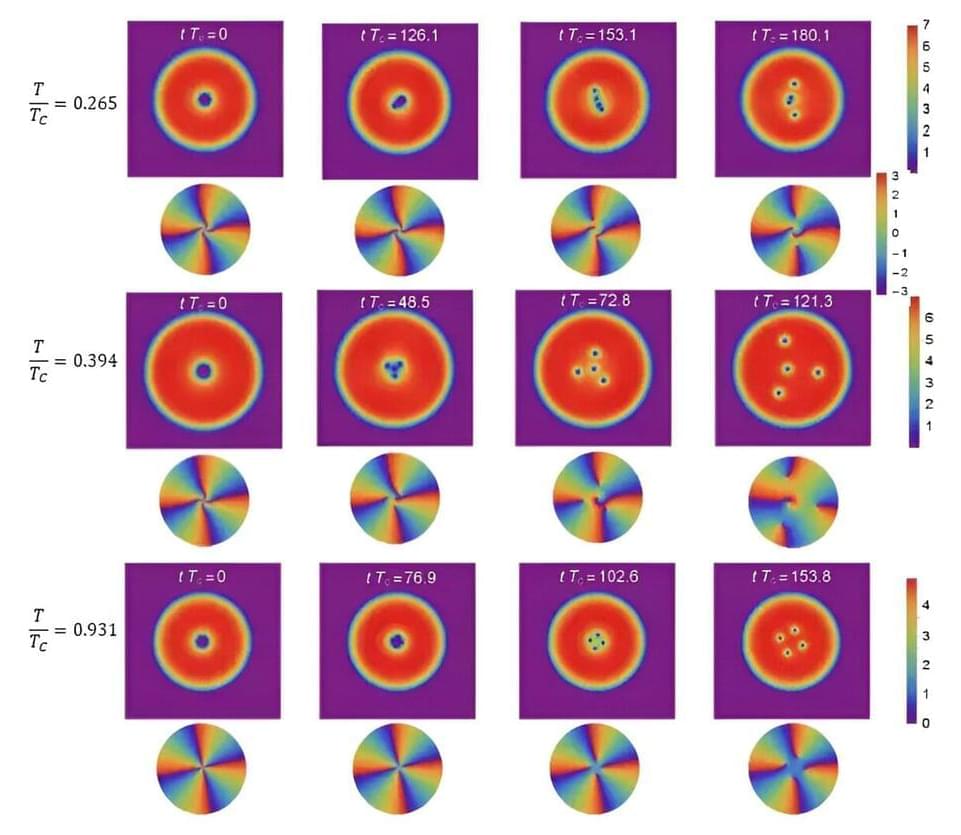
According to a recent study from the University of Helsinki, published in the journal Physical Review Letters, a vortex of a superfluid that has been quantized four times has three ways of dividing, depending on the temperature.
The fluid transforms into a superfluid near the absolute zero point of temperature (approximately −273°C). Internal resisting forces, such as friction, disappear. At this point, the behavior of the fluid can no longer be described using classical mechanics; instead, quantum physics must be applied.
When a superfluid is spun, the resulting rotation should never slow down because superfluids have no viscosity or friction. This has been experimented with at the atomic level using helium at very slow rotation, and it was observed that the superfluid, however, eventually halted.
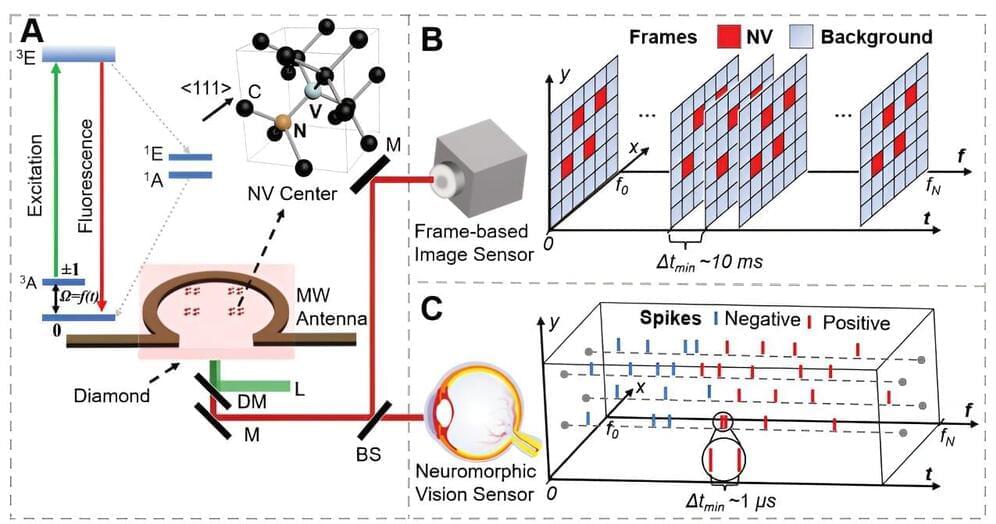
A collaborative project has made a breakthrough in enhancing the speed and resolution of widefield quantum sensing, leading to new opportunities in scientific research and practical applications.
By collaborating with scientists from Mainland China and Germany, the team has successfully developed a quantum sensing technology using a neuromorphic vision sensor, which is designed to mimic the human vision system. This sensor is capable of encoding changes in fluorescence intensity into spikes during optically detected magnetic resonance (ODMR) measurements.
The key advantage of this approach is that it results in highly compressed data volumes and reduced latency, making the system more efficient than traditional methods. This breakthrough in quantum sensing holds potential for various applications in fields such as monitoring dynamic processes in biological systems.